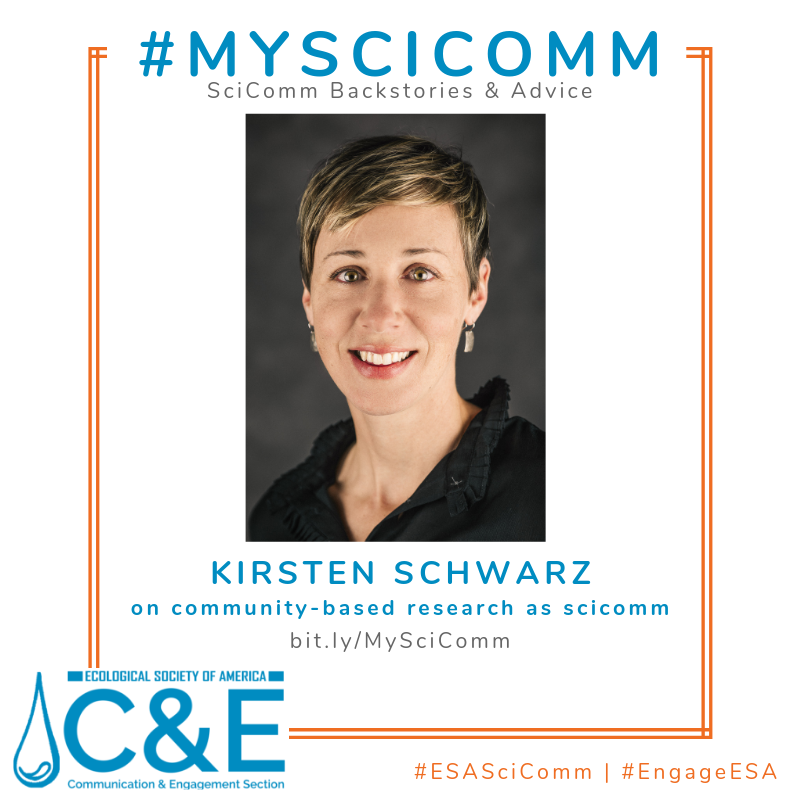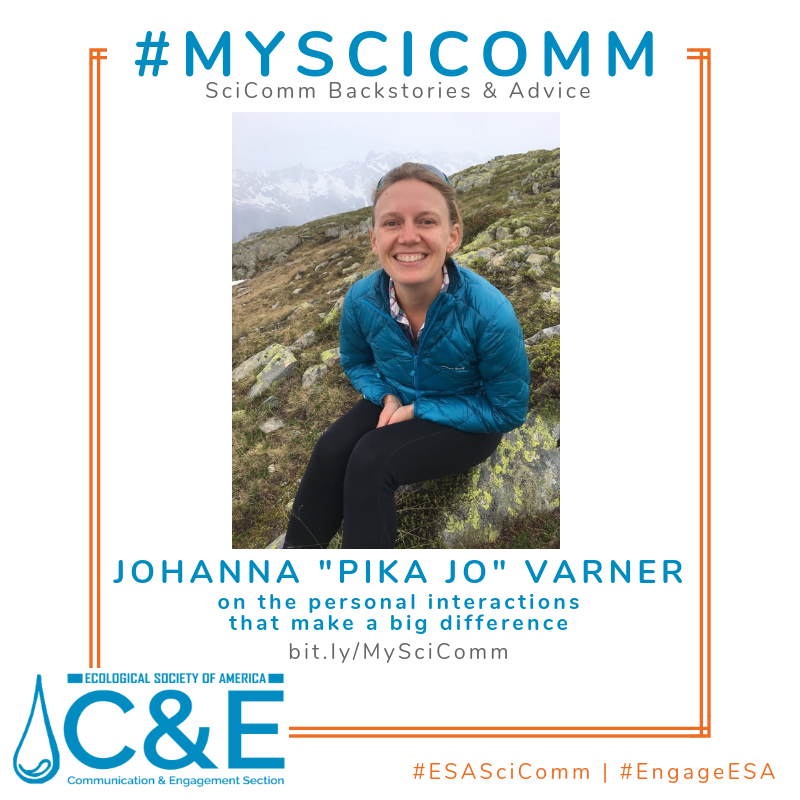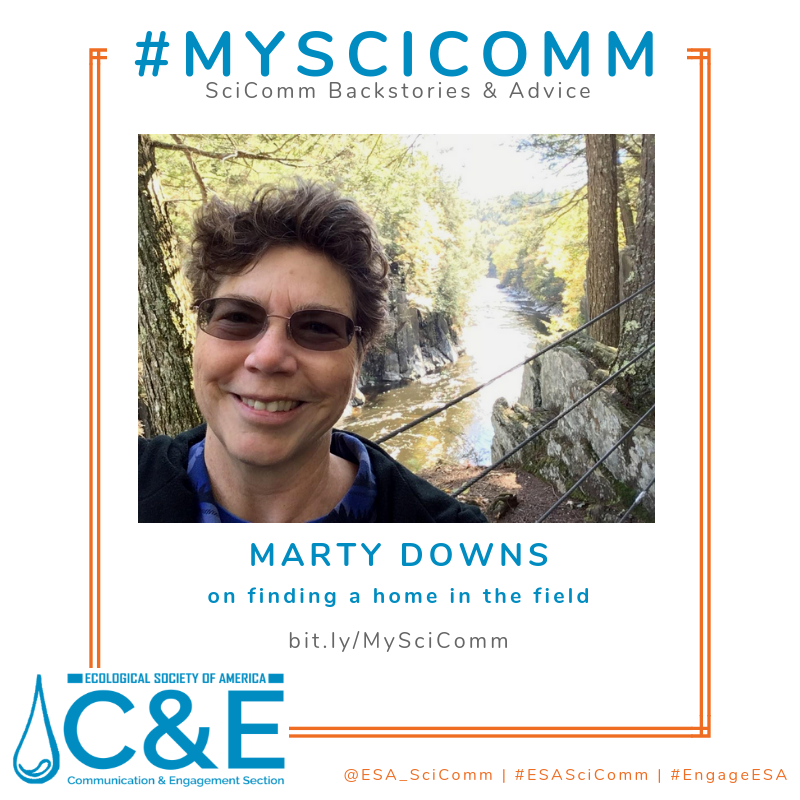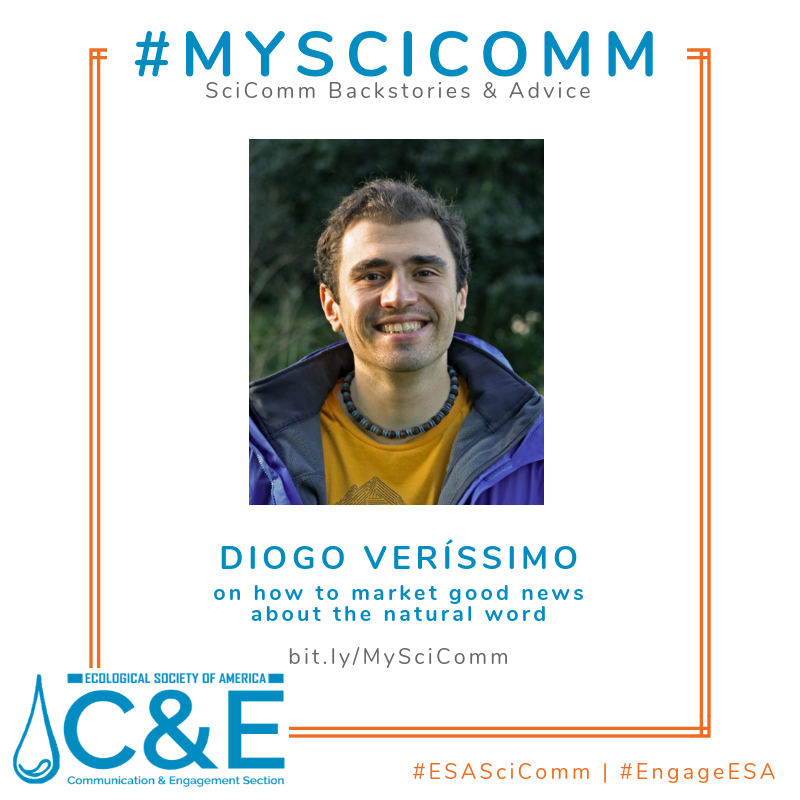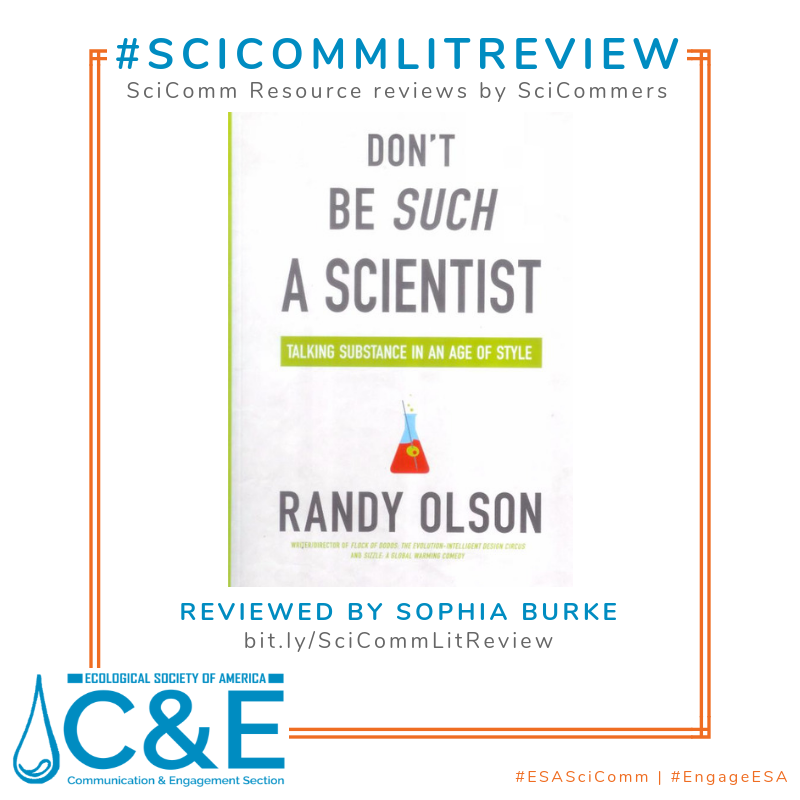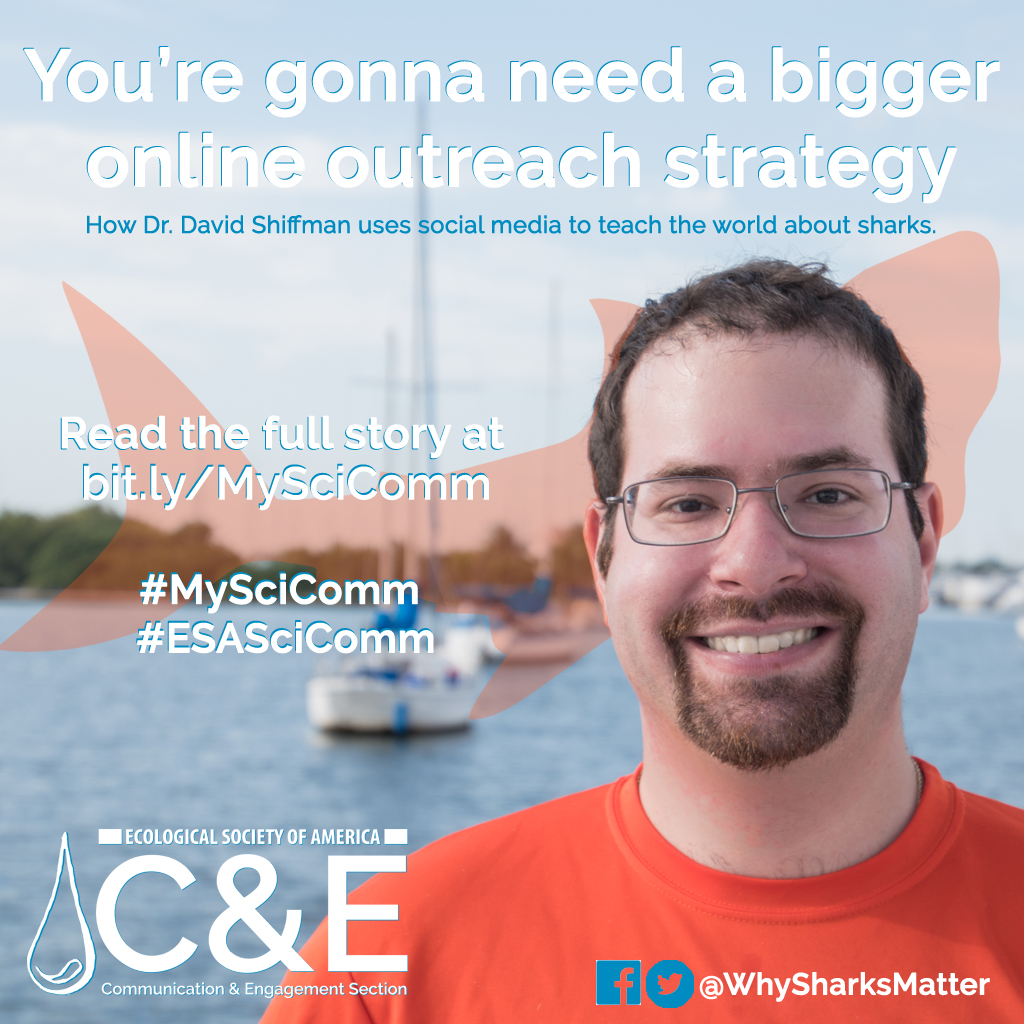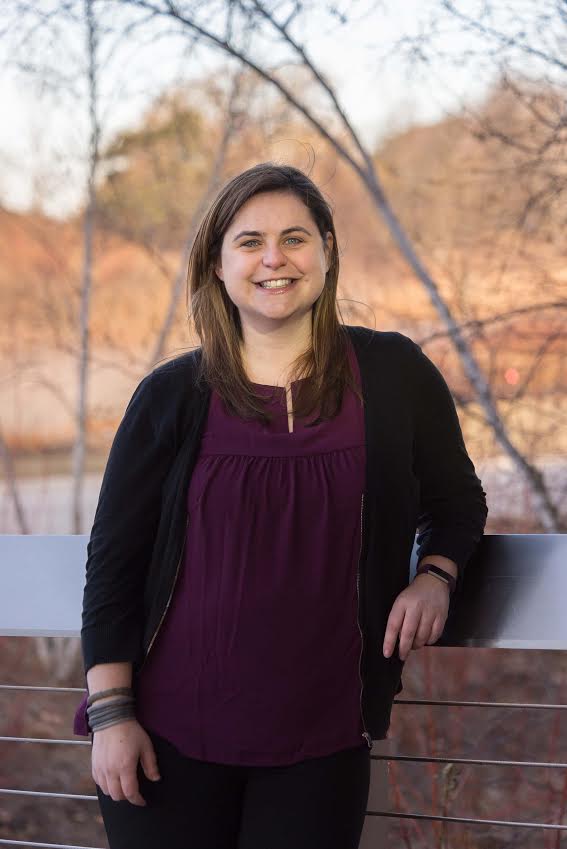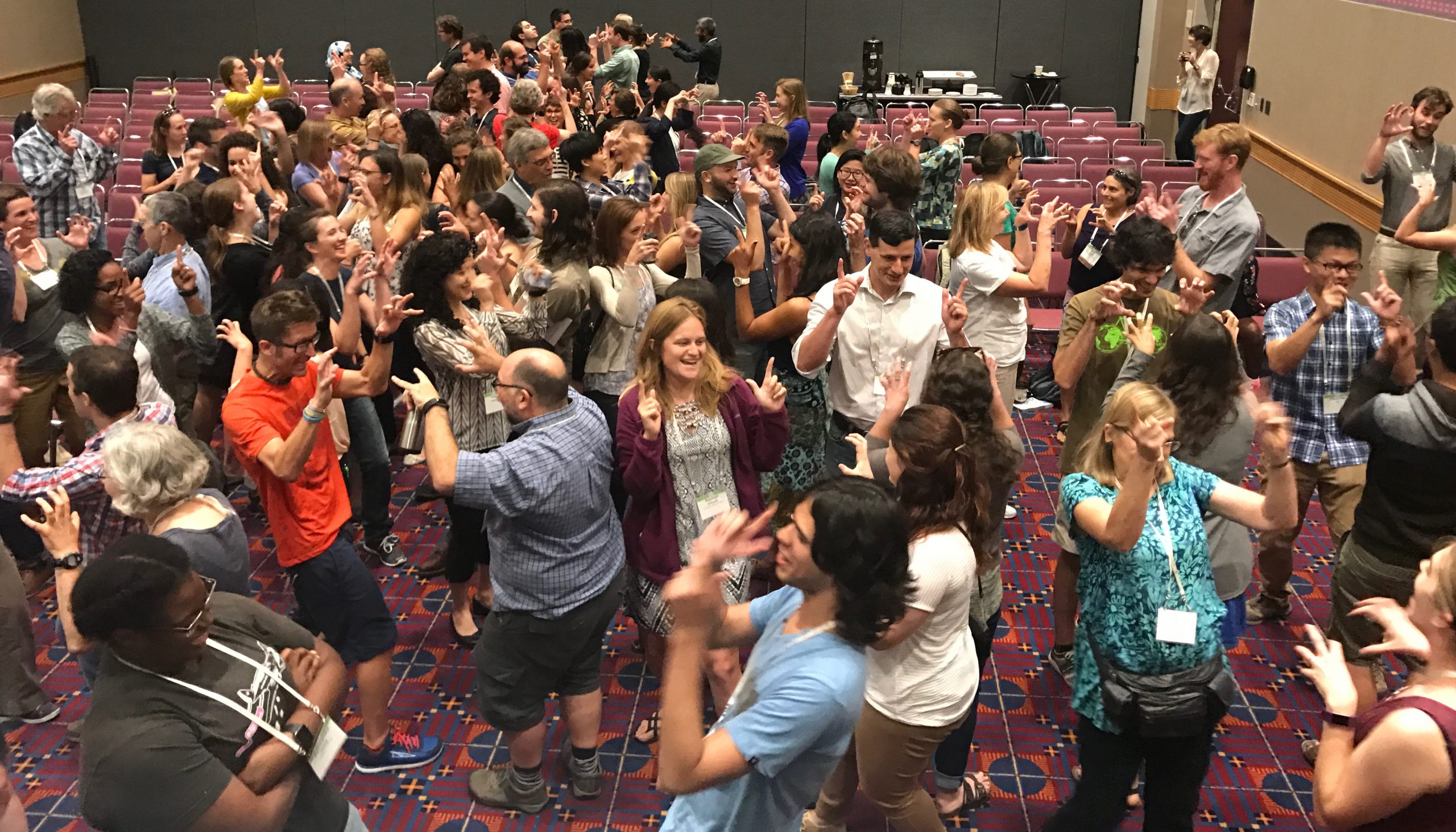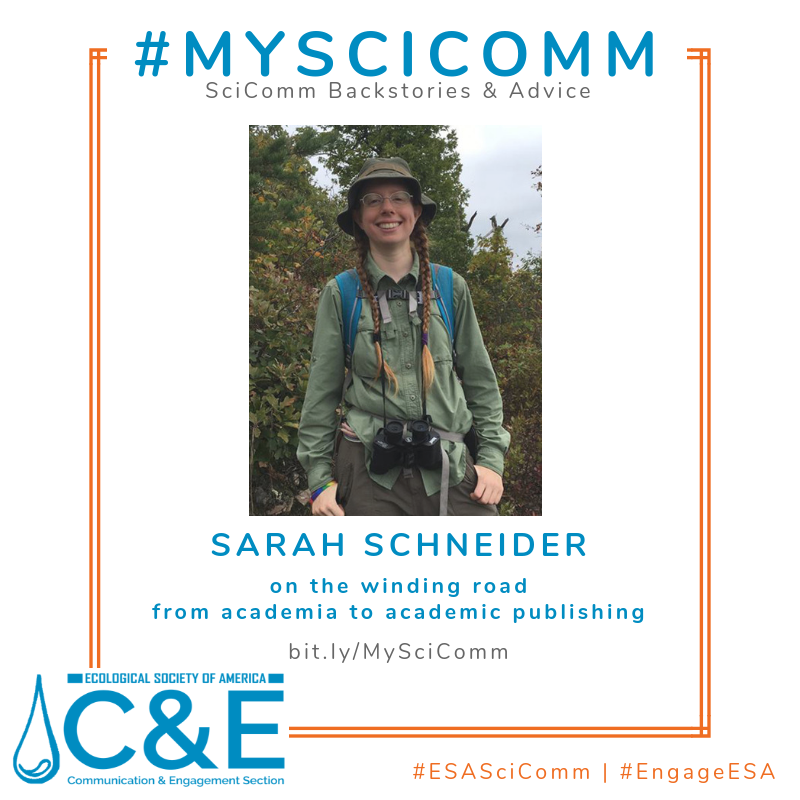
#MySciComm: Sarah Schneider on the at-times winding road from academia to academic publishing
This week, Sarah Schneider (of ESA’s Editorial Office/publications) responds to the #MySciComm questions! We’re delighted to share her story with you, as it is a window into a type of SciComm career that is pivotal to how we do science. Sarah Schneider has worked for the Publications Office of the Ecological Society of America since 2013. These days, she works primarily…
